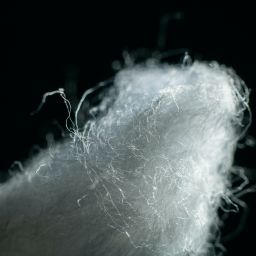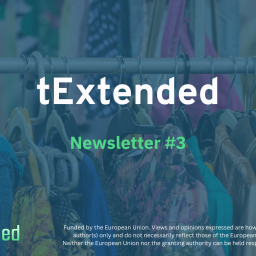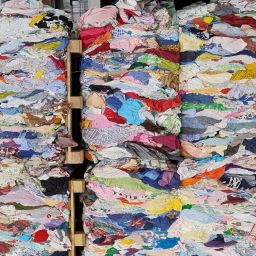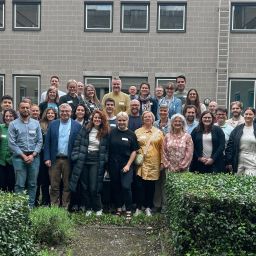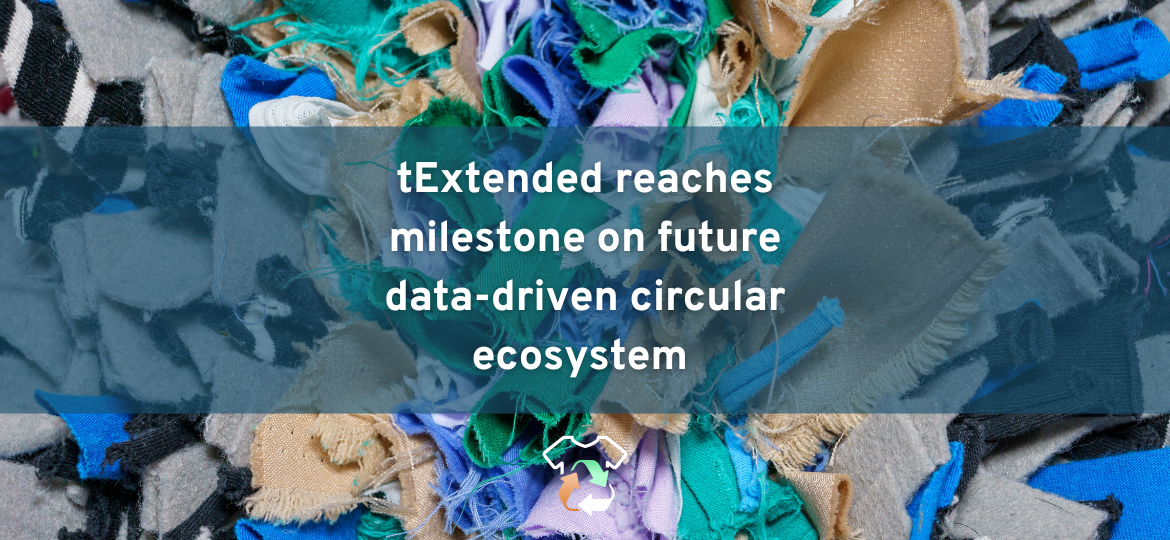
tExtended reaches milestone on future data-driven circular ecosystem
In May 2024, eighteen months after the start of the project, tExtended has reached its third milestone about designing a future data-driven circular ecosystem, a significant step towards the realization of the project goals.
The tExtended project aims to build a knowledge-based framework that will help creating a sustainable and circular textile ecosystem in the future. In order to set the basis to build a vision for the future for the textile ecosystem, it was necessary to understand the current textile value chains, as well as challenges and the main drivers and enablers towards the realization of a circular textile ecosystem. The implementation of the circular economy principles, which are also known as R-strategies (see Table below), can been seen as a tool for the circular transition.
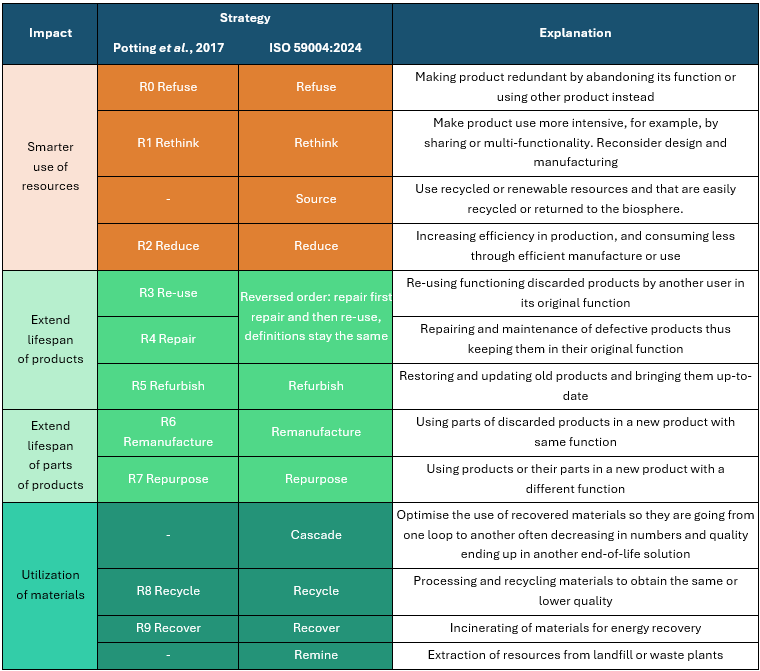
Within a public report just published (Deliverable 1.2 , available on our website), we described what the circular strategies above described would mean in the textile context. In the future textile ecosystem we designed in the report, textiles will have a longer life because the quality of the materials will be improved, and, when discarded, they will become reused products, and therefore recycling would become the last resort. To effectively reach this approach, value chains need to be redesigned too, in order to enable sustainable production, use and reuse of textiles, as well as sustainable end of life options and recycling, forming a flow of R-strategies (see Figure below).
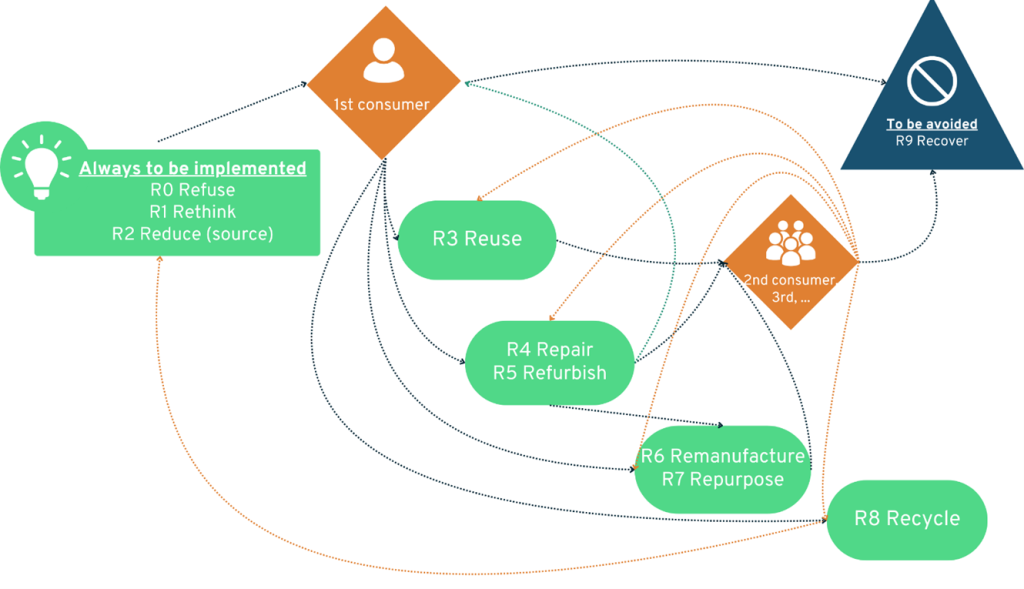
Data sharing and information flows are also necessary for this new textile value chain to be successful, efficient and competitive. We have therefore defined data sharing needs, an ICT infrastructure, and data-driven applications in order to enable an efficient collection, storing, and exchange of the appropriate data for the individual and collective performance, improvement of internal processes, and material flow optimization. This infrastructure also takes into account the Digital Product Passport, which will be implemented by the EU in the coming years.
Collaboration in tExtended is of key importance; this transition can be achieved if all the actors involved in the value chain must play their part. It is therefore essential that the steps towards a data-driven circular ecosystem are reached through collaboration first among our tExtended partners, and in the future among European textile ecosystem.
—–
Ref: Potting J., Hekkert M., Worrell E., Hanemaajier A. (2017) Circular Economy: Measuring innovation in product chains, PBL Netherlands Environmental Assessment Agency, The Hague, NL. Available: https://www.pbl.nl/uploads/default/downloads/pbl-2016-circular-economy-measuring-innovation-in-product-chains-2544.pdf
For any enquiries about further information on the processes described in this article, please contact Claudia Esposito, EU Project Manager, at: cesposito@carrcommunications.ie


